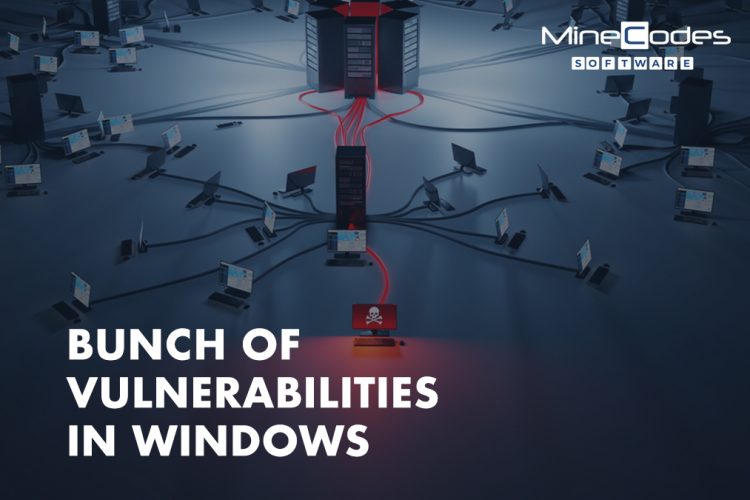
Per day, the average worker receives over 100 e-mails. Because of the constant barrage of e-mails, it’s easy to let your guard down and fall victim to phishing scams. Unfortunately, many users are ignorant of phishing attacks and are therefore vulnerable to these cyber thieves; but, what precisely are these online thieves?
Phishing is one of the most significant security issues in today’s modern world. What makes them risky is that they can take several different forms and look a lot like the kinds of contact you get on a regular basis, such as internal staff messages, detailed e-mails about your job, and special deals from your favourite businesses. And as time passes, these attacks get more subtle.
However, there is a way to combat these threats because they only succeed if they persuade you to act. As a result, the safest anti-phishing approach is to learn how to recognise these crimes so that you can disregard them and report them to security as soon as possible.
We’ll walk you through the fundamentals of phishing in this article so you can defend yourself, your colleagues, and your whole organisation from these vicious and sly attacks.
What Precisely Is Phishing?
Phishing attempts to obtain personal information such as usernames, passwords, and credit card numbers from you. Cyber criminals do this by impersonating a trustworthy source through electronic correspondence, most often via e-mails.
What Different Types of Phishing Attacks Are There?
Traditional Phishing: This form of phishing is often sent to a large number of people in the hopes that anyone will fall for it. Furthermore, the complexity of this method of attack varies, making it simple to use for most users.
Spear phishing is a form of phishing attack that targets a particular group of individuals, such as users of a website, product, staff, and executives, as well as members of a corporation or organisation.
CEOs, CFOs, COOs, and other senior executives are targeted in this form of attack. These major figures are being hunted down in order to obtain classified information from some organisation.
It’s important to distinguish phishing from spam, which is actually unsolicited e-mails sent to people in order to sell them stuff. Aside from that, spam does not need or seek to extract confidential data from its victims.
What Are the Signs of a Phishing Attack?
There are a few ways to detect a phishing threat, and learning these signs will help you strengthen your anti-phishing protections. To stop being a vulnerable victim for this fraud, you should work closely with a credible cybersecurity firm.
- Untrustworthy e-mail address
Even if it seems to be from a valid source, you can act with caution if you receive an e-mail from a questionable address. Even if it seems to be urgent, do not respond immediately.
- Messages that are generic
Since phishing attacks are sent to a large number of users, you can see generic greetings and requests entice you to click on their link. You’re more likely concerned with a phishing attack if the e-mail loses specifics.
- Untrustworthy URLs, attachments, and demands
Never click on hyperlinks or download attachments without first doing more research while coping with a suspect e-mail. Aside from that, think of the demands they’re making of you. If you get threats or are asked to submit personal information, trust your instincts and contact a cybersecurity firm right away.
The Bottom Line: Partnering with a Cybersecurity Firm and doing your part will help you stop phishing attacks.
Phishing attacks are pretty normal, but just because they can happen to anybody doesn’t mean you can relax your security measures. Anti-phishing techniques will not only benefit you, but will also keep your staff, customers, and whole organisation safe and healthy.
#PhishingAttacks #ProtectYourself #Suspicious #CyberSecurity #Vulnerable
Article Credits –
fraudwatchinternational.com



